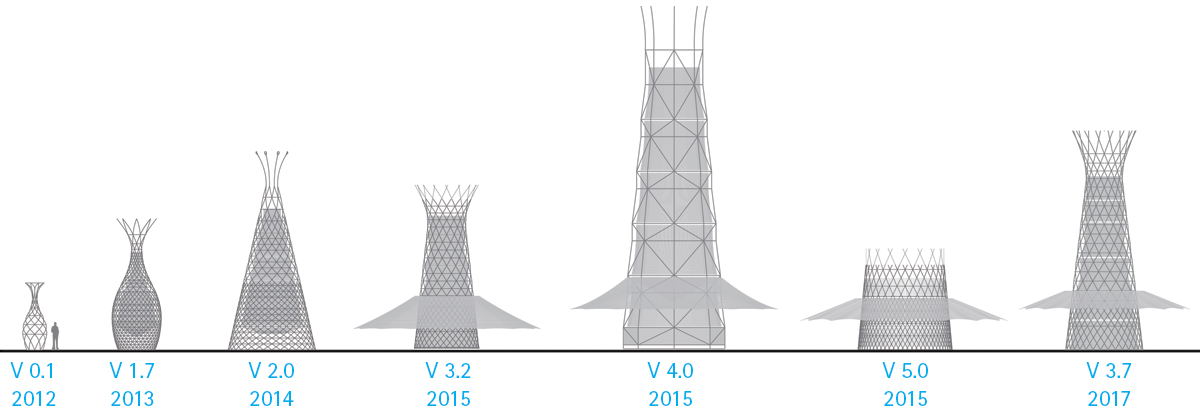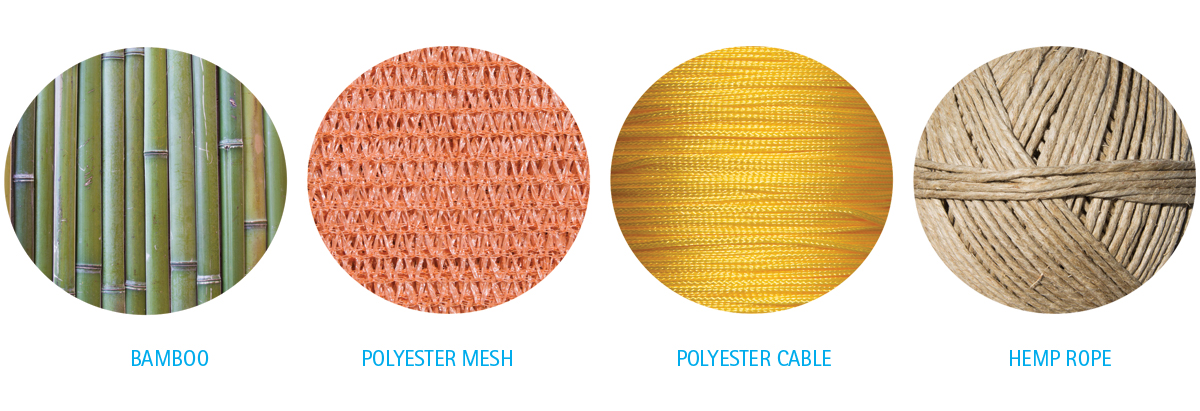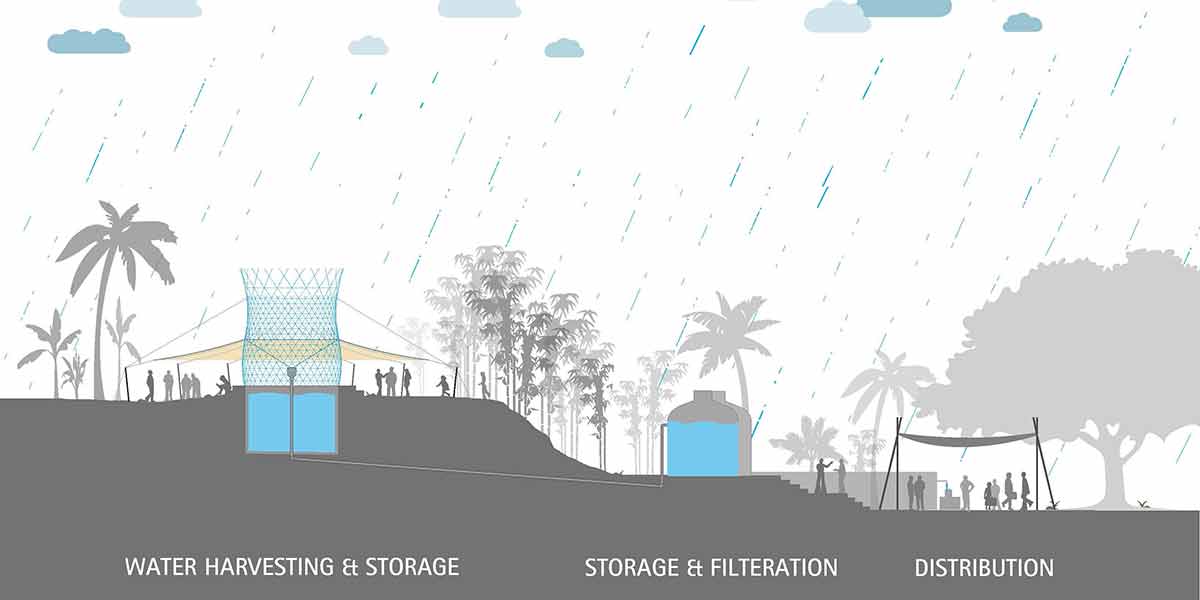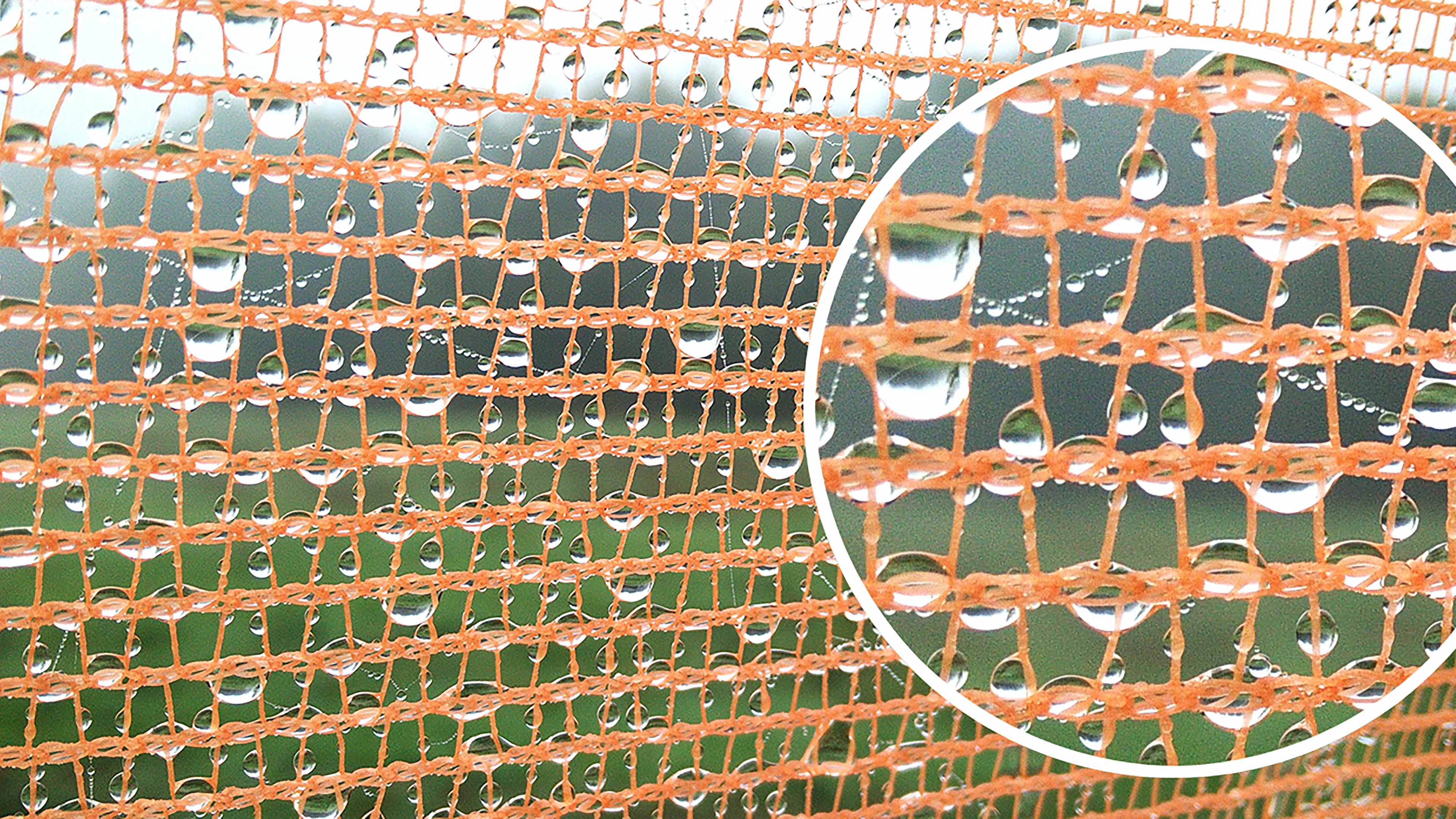
- Inspiring People -
- 4mins -
- 3,514 views
Warka Water Towers: an alternative fresh water source for rural populations
In places where infrastructure doesn’t exist and communities are isolated, a lightweight, easily constructed and infrastructure-independent system like Warka Tower can be installed.
The Warka Water project finds inspiration from nature
Insects and plants that have developed the capability of collecting and storing water from the air to survive in the most hostile environments on earth. This was the inspiration for Warka Tower: made with biodegradable and 100% recyclable materials, a single Warka Tower can supply the community with between 40 and 80 litres (10-20 gallons) of clean, fresh drinking water every day.
An alternative water source for rural populations facing challenges in accessing drinkable water
The world health organisation estimates that 1.1 billion people don’t have access to hygienic water. Women and children walk several kilometres every day in order to bring back to their village water from questionable sources. A case in point is Ethiopia.
The root cause of Ethiopia’s major health problems is the spread of diseases perpetuated by the lack of clean water and sanitation systems. Often contaminated by human and animal waste, water quality is severely poor. The impact of tainted water on the health of communities is shocking. Each year, many children die of diarrhoea and other illnesses, such as malnutrition, pneumonia and malaria.
The Warka Water project finds inspiration from nature—insects and plants that have developed the capability of collecting and storing water from the air to survive in the most hostile environments on earth. The designers also study local craftsmanship and construction techniques, vernacular architecture and ancient, forgotten traditions.
The name of the project ‘Warka’ comes from the Warka Tree, which is a giant, wild fig tree native to Ethiopia. Like the tree, the Warka Tower serves as important cornerstone for the local community, becoming part of the local culture and ecosystem by providing its fruits, shade and offering a gathering place.
Source: WarkaWater.org
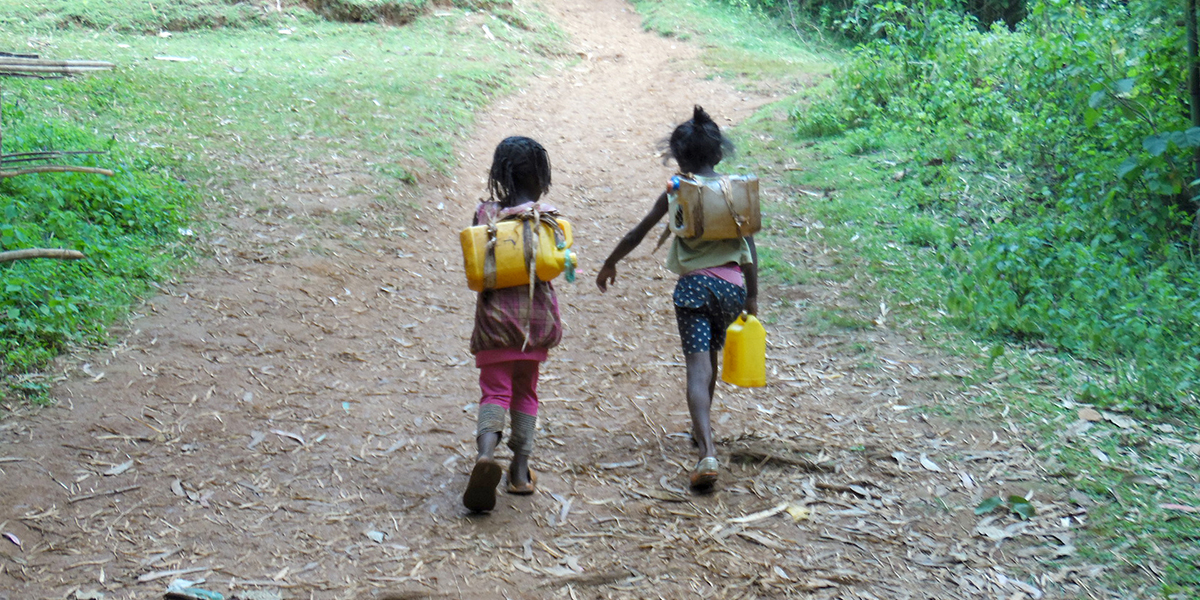
What is a Warka Tower and how does it work?
Air always contains a certain amount of water vapour, irrespective of local ambient temperatures and humidity conditions. This makes it possible to produce water from air almost anywhere in the world. Locations with high rates of fog or humidity are the best places to install the Warka Tower.
The water harvesting capacity strictly depends on the meteorological conditions and the aim is to distribute from 40 to 80 litres (10 to 20 gallons) of drinking water every day for use of the community.
Warka Tower is made with biodegradable and 100% recyclable materials. The designers’ philosophy is to use local materials and traditional techniques as much as possible. The tower is also designed to be easily built with simple tools and maintained by local villagers without the need of scaffolding or electrical tools.
This means a Warka Tower can be constructed in 4 weeks by 8 people, and can then be erected in one day by a team of 16 people. After installation, to take the tower up and down for maintenance requires only 2 hours by the same team.
The structure consists of six modules that are mounted together one after another from the bottom up.
Warka Tower is designed to harvest potable water from the atmosphere (it collects rain, harvests fog and dew), and functions only by natural phenomena such as gravity, condensation & evaporation and doesn’t require electrical power.
Warka Tower is designed to be owned and operated by the villagers, a key factor that will facilitate the success of the project. The tower not only provides a fundamental resource for life – water – but also creates a social place for the community, where people can gather under the shade of its canopy for education and public meetings.
There are currently Warka Water Tower projects in Ethiopia, Haiti and Togo.
Source: WarkaWater.org
